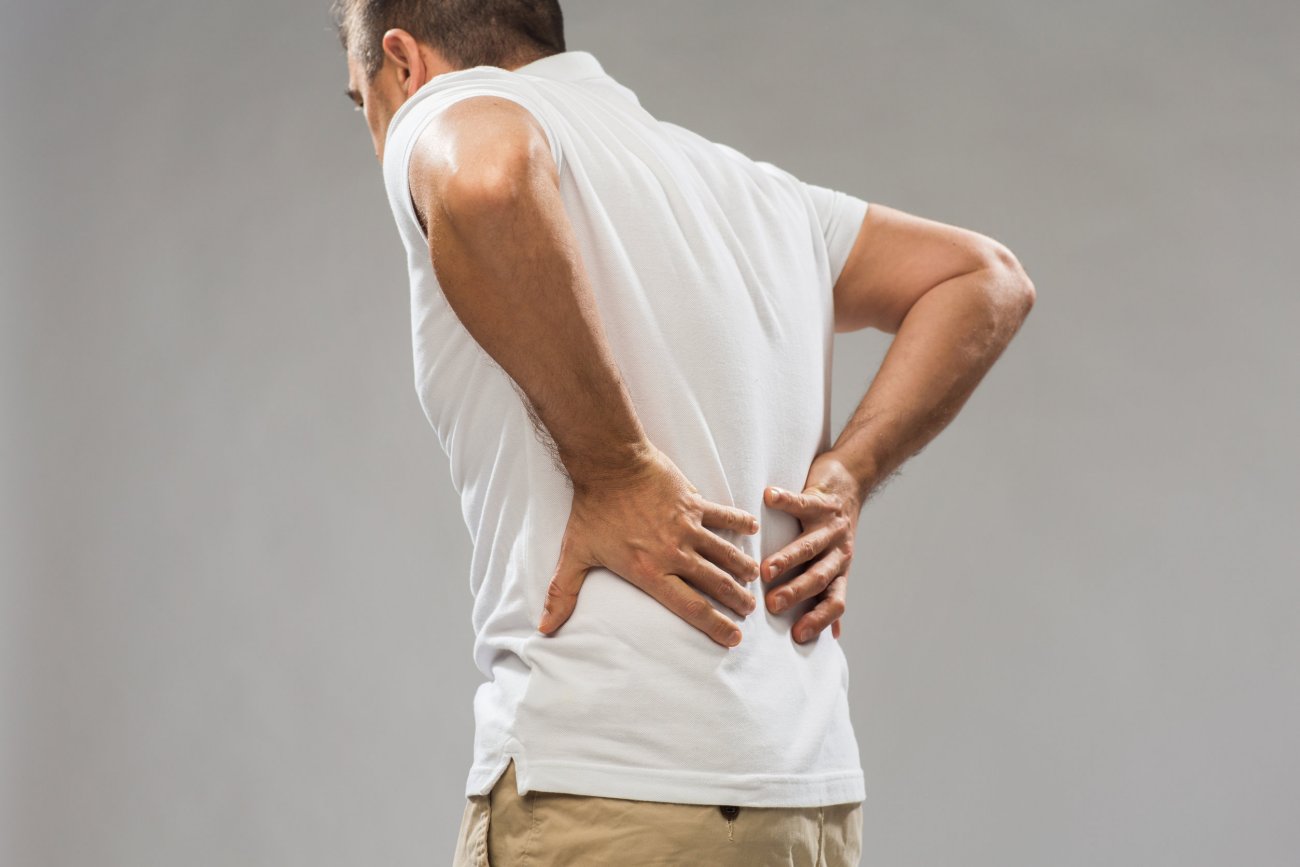What is CRPS?
CRPS is a poorly understood condition. It occurs most commonly following injury or surgery, although it can also occur following heart attacks, strokes or infections. It usually affects the hands or feet although it can also affect the ankles, knees or shoulders. CRPS varies considerably in severity and is also known by a number of other names including Reflex Sympathetic Dystrophy (RSD) and Algodystrophy.
Why does CRPS occur?
We do not know exactly why it occurs. It is thought that in patients with CRPS the body’s response to injury or surgery is exaggerated causing more pain, stiffness, and/or swelling, than normally expected.
Who gets CRPS?
Unfortunately anyone can be affected. It may occur in up to 30% of cases following wrist fracture although in most cases the symptoms are mild and resolve. There is no way of predicting who will be affected and there is no known way of preventing it.
What effects does CRPS have?
- Pain
This is the most common complaint and is usually out of proportion to the severity of the injury. The affected part is often sensitive to touch and just stroking the area can cause pain. Sudden shocks or jolts can also result in increased pain. When this is experienced it does not mean that further damage is being done. - Swelling and stiffness
These are often linked. Fingers/toes may be swollen and because of this, mobility is restricted and stiffness experienced. In the hand this may result in difficulty making a fist. - Changes in skin colour, temperature and sweating
The affected part can become hot and red, or cold and blue. The hand or foot may sweat more profusely than on the unaffected side. Occasionally changes in the skin, nails and even hair growth are experienced.
How is CRPS diagnosed?
The diagnosis is made by the symptoms described and also by the examination performed by a doctor or physiotherapist. In later cases there may be changes seen on x-ray or bone scan.
How long does CRPS last?
Approximately 50% of cases are mild and resolve quickly and without treatment. In more severe cases symptoms may last for up to two years and occasionally longer.
How is CRPS treated?
- It is important to continue with as many normal everyday activities as possible whilst waiting for the condition to resolve. Pacing your activities will help, i.e. keeping your level of activity the same on good and bad days. Occupational therapists can help you deal with specific difficulties.
- Physiotherapy is the main treatment. The aim of physiotherapy is to maintain or restore movement in the affected joints so that contractures (permanent stiffness) do not occur. Therapists will advise the most effective way to achieve this and also provide advice on how to control other symptoms.
- Painkillers may help you to continue most everyday activities and to exercise effectively.
- Injections performed by Pain Consultants may be helpful if the condition is slow to improve. These are usually followed by a short period of intensive physiotherapy.
